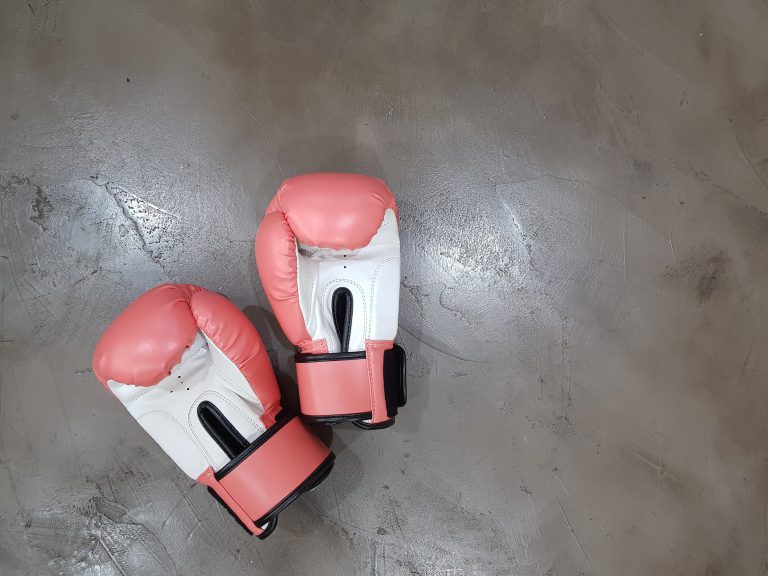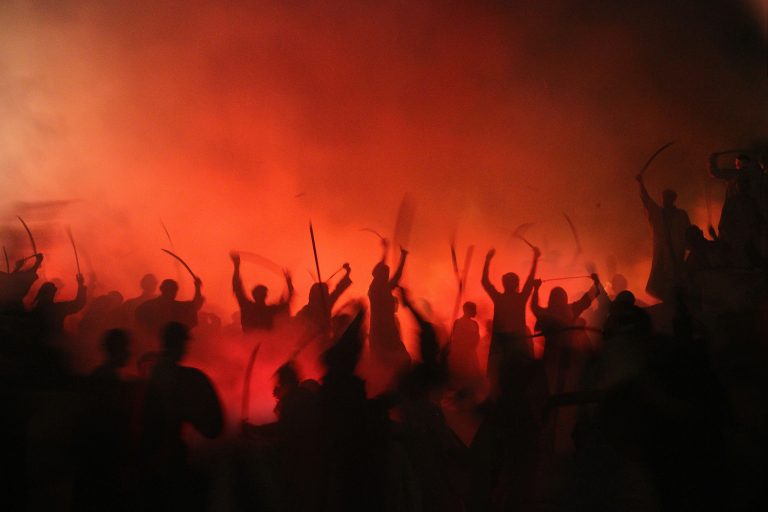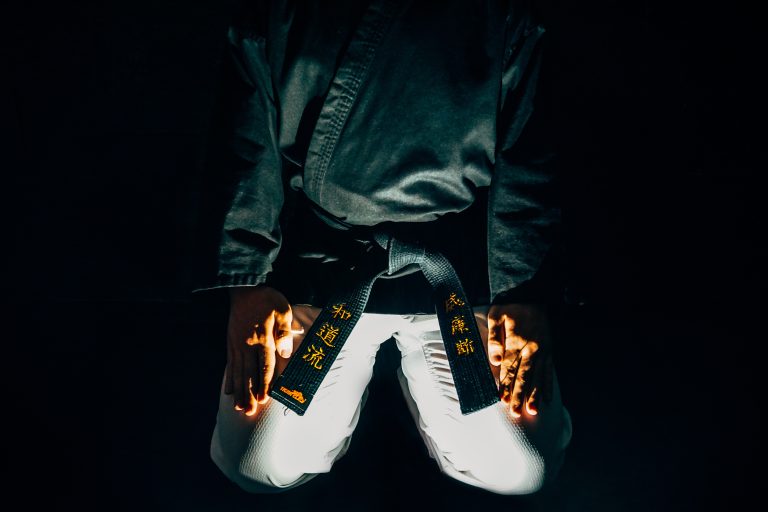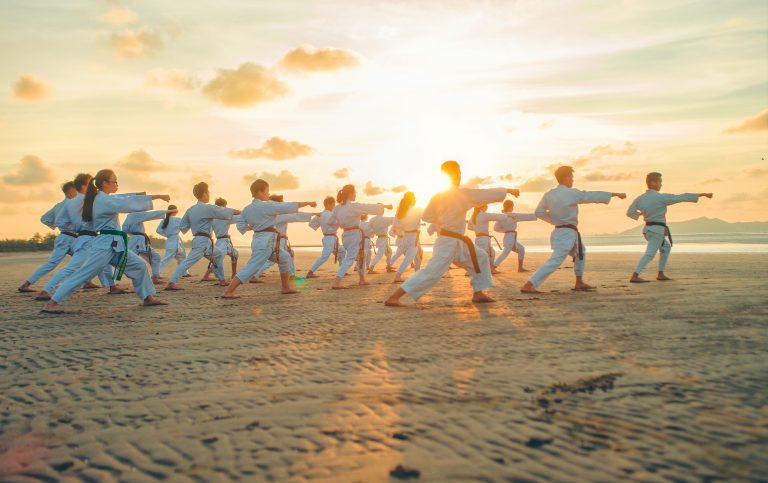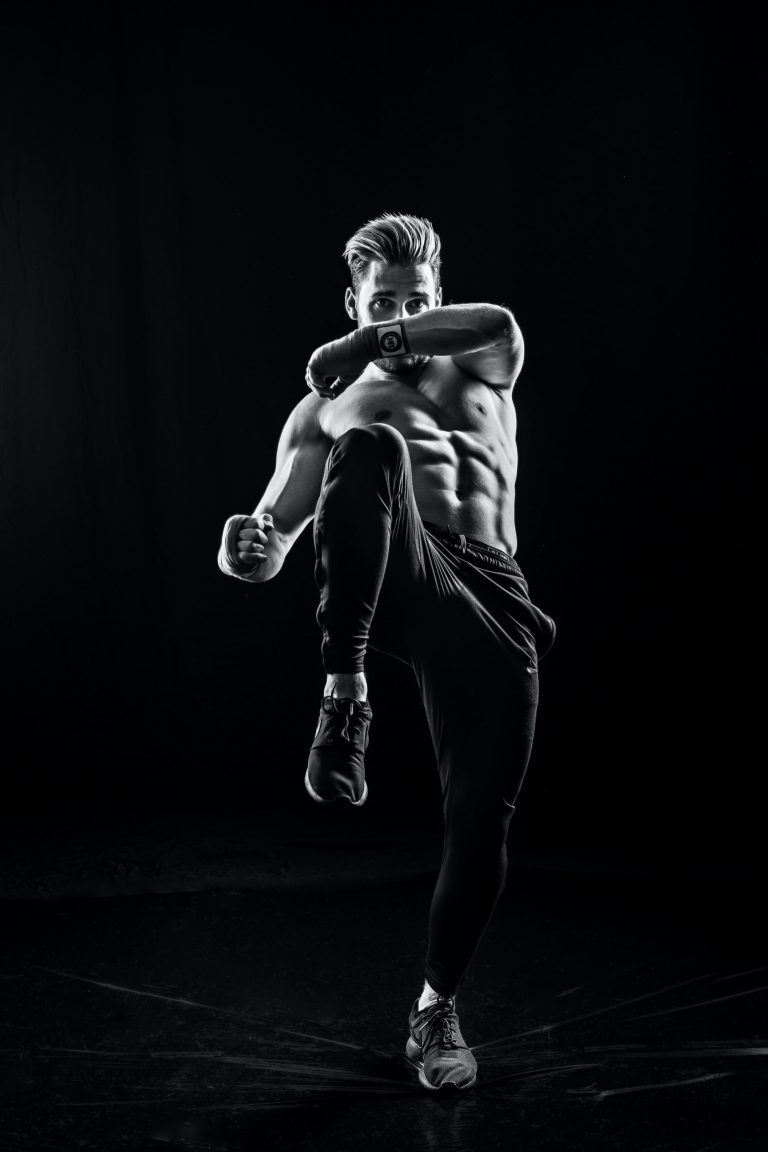The Best Impact Techniques in Karate: From Kizami Tsuki to Mawashi Geri
Karate is a martial art that originated in Okinawa, Japan, and is widely practiced all over the world today. It is a physically demanding sport that requires strength, flexibility, and agility. One of the essential aspects of karate is the art of striking, which involves using different techniques to deliver a powerful blow to the opponent. In this blog post, we’ll explore some of the best impact techniques in karate, from Kizami Tsuki to Mawashi Geri.
Kizami Tsuki (Jab)
Kizami Tsuki is a quick and precise technique that involves punching the opponent with a straight punch to the face or body. It is a fundamental technique in karate that requires speed and accuracy to be effective.
The key to performing Kizami Tsuki is to use the front hand to deliver a straight punch while maintaining a solid stance. The back hand is positioned close to the body to protect the practitioner while delivering the punch. It is necessary to exhale at the moment of impact to deliver maximum power and speed.
Gyaku Tsuki (Reverse Punch)
Gyaku Tsuki is a powerful technique in karate that involves punching the opponent with the hand furthest from the target. It is a common technique used in kumite, or sparring.
The key to performing Gyaku Tsuki is to turn the hip and foot of the rear leg quickly while punching with the opposite hand. This technique generates a tremendous amount of power, making it effective when used correctly.
Age Uke (Rising Block)
Age Uke is a defensive technique that involves blocking an attack and counterattacking with a punch or kick. It is a technique that is commonly used in kumite.
The key to performing Age Uke is to raise the arm while keeping it close to the body to protect the face from the opponent’s attack. The practitioner then quickly counters with a punch or kick. It is essential to use the hips to generate power while maintaining a stable stance.
Mawashi Geri (Roundhouse Kick)
Mawashi Geri is a powerful technique that involves kicking the opponent with a circular motion. It is one of the most versatile and dynamic techniques in karate.
The key to performing Mawashi Geri is to start with a solid stance and generate power from the hip before delivering the kick in a circular motion. The kick is delivered with the ball of the foot or the instep, targeting the opponent’s head, body or legs.
Conclusion
Karate is a martial art that emphasizes the importance of mastering different impact techniques. From Kizami Tsuki to Mawashi Geri, each technique requires a unique set of skills and level of expertise to be effective. Incorporating these techniques in your karate training will improve your overall skillset and make you a more competitive practitioner. Remember, practice makes perfect, so train hard, stay focused, and always aim to improve.
The Best Impact Techniques in Karate: From Kizami Tsuki to Mawashi Geri
Karate is a popular martial arts style that involves the use of various striking techniques to incapacitate an opponent. Of these techniques, impact techniques are perhaps the most widely used.
In this post, we’ll answer some of the most frequently asked questions about the best impact techniques in Karate, from Kizami Tsuki to Mawashi Geri. Let’s dive in!
1. What are the different types of impact techniques in Karate?
There are four basic types of impact techniques in Karate. These include:
a. Kizami Tsuki
Kizami Tsuki is a snapping punch that requires the practitioner to strike with the first two knuckles of the fist. This technique is usually delivered from the lead hand, and it’s an effective way to set up other strikes or as a counter-attack.
b. Gyaku Tsuki
Gyaku Tsuki is a reverse punch that’s usually aimed at the solar plexus or the face. This technique requires the practitioner to rotate their hip and shoulder while extending the arm for maximum impact.
c. Oi Tsuki
Oi Tsuki is a lunge punch that’s usually used to bridge the gap between the practitioner and the opponent. This technique requires the practitioner to step forward with their rear foot while punching with their lead hand.
d. Mawashi Geri
Mawashi Geri is a roundhouse kick that’s aimed at the ribs or the head. This technique requires the practitioner to pivot on their lead foot and use their body weight to generate maximum power.
2. Which impact techniques are the most effective?
The effectiveness of an impact technique depends on several factors, including the practitioner’s skill level, their physical condition, and the situation at hand. However, some impact techniques are generally considered to be more effective than others.
As a rule of thumb, Kizami Tsuki and Gyaku Tsuki are widely regarded as essential techniques that every Karate practitioner should know. These punches are fast, powerful, and can be used to set up other techniques. Oi Tsuki is also an effective way to bridge the gap and create space for other strikes, while Mawashi Geri is a devastating kick that can cause significant damage if delivered correctly.
3. How do you practice impact techniques in Karate?
To practice impact techniques in Karate, you’ll need to work on your speed, power, and accuracy. The following tips can help:
a. Focus on proper technique
Mastering the basics of each technique is essential to deliver it with power and precision. Therefore, focus on mastering the proper form, balance, and timing of each technique.
b. Practice with a partner
Working with a partner allows you to test your techniques in a realistic setting. Through sparring, pad work, or partner drills, you can develop your timing, distancing, and reaction time.
c. Add resistance
Resistance training is an excellent way to build overall strength and power. Use resistance bands, weights, or other tools to add resistance to your strikes and enhance your power and speed.
4. What are some common mistakes people make when performing impact techniques?
Performing impact techniques incorrectly can lead to poor performance and even injury. Some common mistakes to avoid include:
a. Overextending your arm or leg
Overextending your arm or leg puts unnecessary strain on your joints and reduces the power of your strike. Make sure you strike with a relaxed, snappy motion instead of attempting to “muscle” your way through.
b. Failing to rotate your body
Rotation is a crucial aspect of delivering powerful impact techniques. Failing to rotate your body can limit your range of motion and reduce the impact of your strikes.
c. Foot positioning
Your foot positioning is essential to maintain your balance and generate power. Your feet should be shoulder-width apart, and your weight should be evenly distributed between them.
Conclusion
Impact techniques are an essential part of Karate that requires practice, precision, and power. By mastering the different techniques, you can develop the ability to strike with devastating force and accuracy. Remember to focus on proper technique, practice with a partner, and avoid common mistakes to excel in Karate’s impact techniques.
Inhaltsverzeichnis

